For the next step of my alphabetical wander through the history of photography, I have chosen the work of one of the most important figures in early British photography. Dr. Hugh Welch Diamond is now best known for his pioneering use of photography as a medical tool, and for his haunting portraits of the mentally ill.
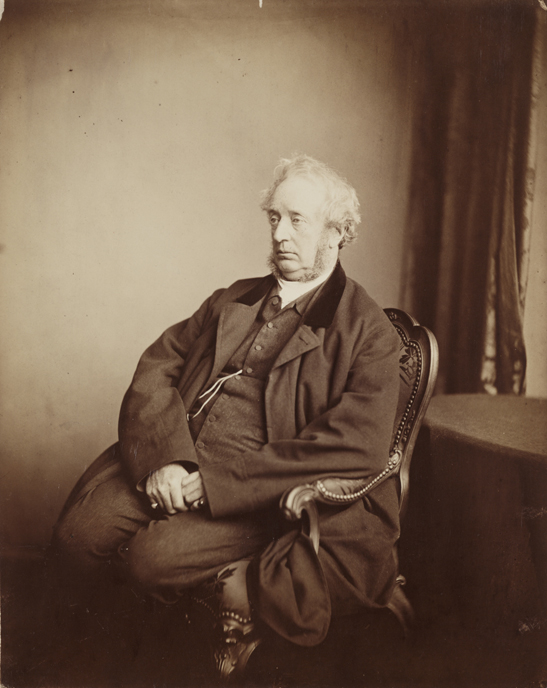
Diamond made his first photographs in April 1839, just three months after the announcement of photography’s invention. In the 1840s he befriended one of his patients, Frederick Scott Archer, and subsequently became one of the first people to use Archer’s collodion process.
Diamond published articles on photography in several journals and, in 1853, became one of the founder members of the Photographic Society. Technically accomplished, he was active as both a landscape and still life photographer. However, he is now remembered primarily for a remarkable series of portraits he took in connection with his work with the mentally ill.
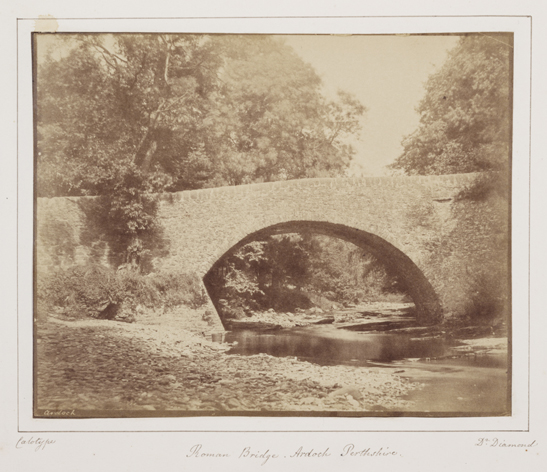
In the 1840s, Diamond studied psychiatry at London’s Bethlem Hospital (from where we get the word ‘bedlam’) and in 1848 he was appointed Superintendent of the Female Department at the Surrey County Asylum. Diamond combined his photographic expertise with his medical training and began to photograph his patients in simple poses against a plain background—poignant echoes of conventional studio portraits of the time.
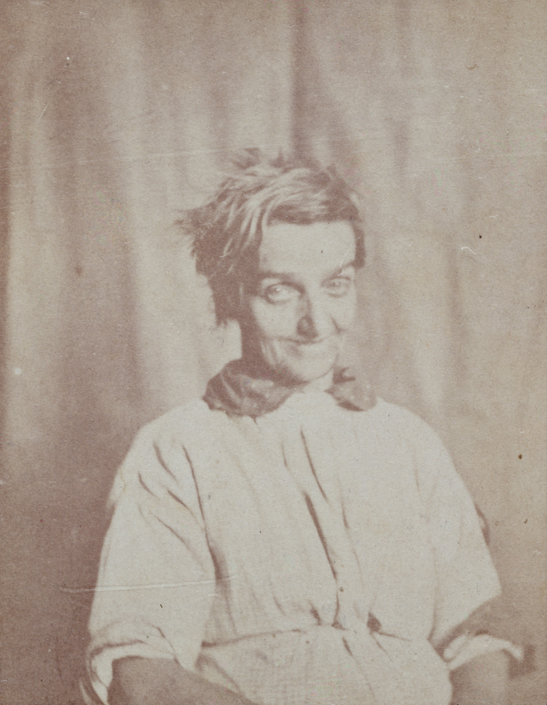
In 1856, Diamond presented a paper to the Royal Society of Medicine, entitled ‘On the Application of Photography to the Physiognomic and Mental Phenomena of Insanity’ and his portraits were reproduced in medical journals. They were also shown in photographic exhibitions where they received mixed reviews. Neither art nor science, people were unsure how to respond to them.
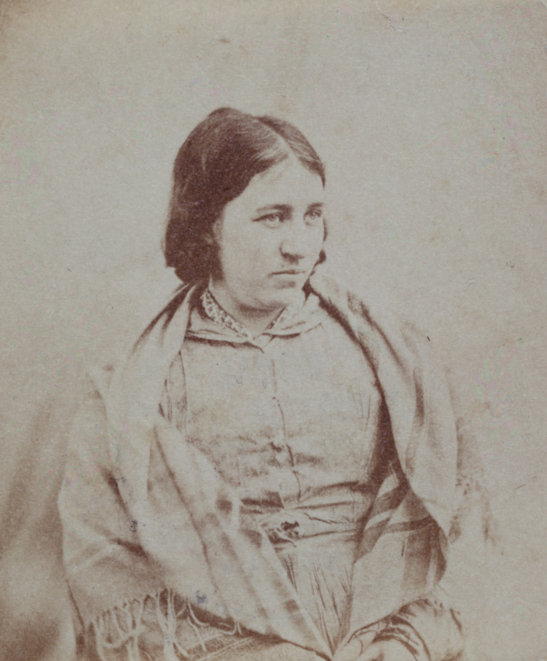
In 1858, Diamond left his post at the Surrey County Asylum to open a private asylum in Twickenham, which he operated until his death in 1886. He seems to have stopped taking portraits of his patients at this time. What was acceptable in a public institution for the poor was viewed as a breach of propriety for the families of well-off private patients.
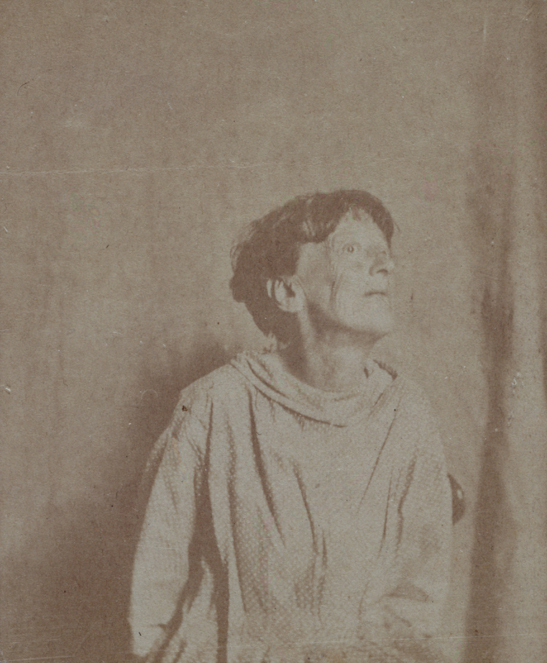
As both a doctor and a photographer, Diamond embodied the new humanitarianism and the belief in scientific observation of the Victorian age. Through his portraits he sought to reveal a connection between his patients’ disturbed minds and their physical appearance.
Today, they still reach out to touch us—mute yet eloquent testimony to compassion and suffering. As Diamond wrote:
The photographer needs in many cases no aid from any language of his own, but prefers to listen, with the picture before him, to the silent but telling language of nature.
Further reading and interesting links
- Dr H.W. Diamond, On the Application of Photography to the Physiognomic and Mental Phenomen of Insanity, Philosophical Transactions of the Royal Society of London, 1856
- Adrienne Burrows and Iwan Schumacher, Portraits of the Insane: The Case of Dr Diamond, London, Quartet Books (1990)
- Sander L. Gilman (Ed), The Face of Madness: Hugh W. Diamond and the Origin of Psychiatric Photography, New York, Brunner/Mazel (1976)
- Roger Taylor and Larry Schaaf, Impressed by Light: British Photographs from Paper Negatives, 1840–1860, Yale, Yale University Press (2007)
- List of photographs exhibited by Hugh Welch Diamond
- The Royal Society of Medicine Archive Collection
- Information about Diamond’s home in Twickenham
- Short video incorporating Diamond’s photographs
Harrowing pictures, yet i find myself intrigued by all of them.
Diamond is credited with exhibiting a photograph of Ardaseer Curstezee (sic) at Dundee in 1854. Is there anyway of ascertaining whether this image is extant?
Hi Blair
Please send your enquiry to our collections team – research@nationalmediamuseum.org.uk. They will be happy to help.
Thanks
Emma
Reblogged this on IINNUAR Investigación en Neurociencias and commented:
La fotografía en psiquiatría.
I’m an old friend of Mrs. Adrienne Burrows co-author of “Portraits of the Insane,
The Case of Dr. H.W.Diamond”…I would like to find her after many years.
Could you help me giving her my name and Email ?
With best regards
Jorge Gallegos